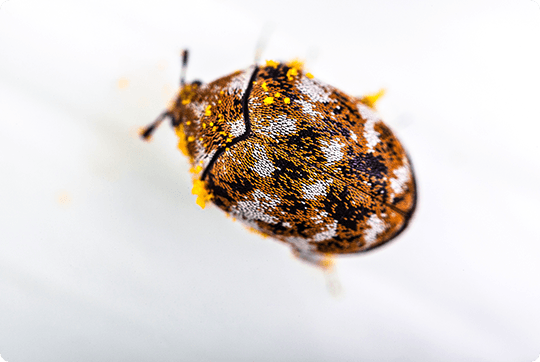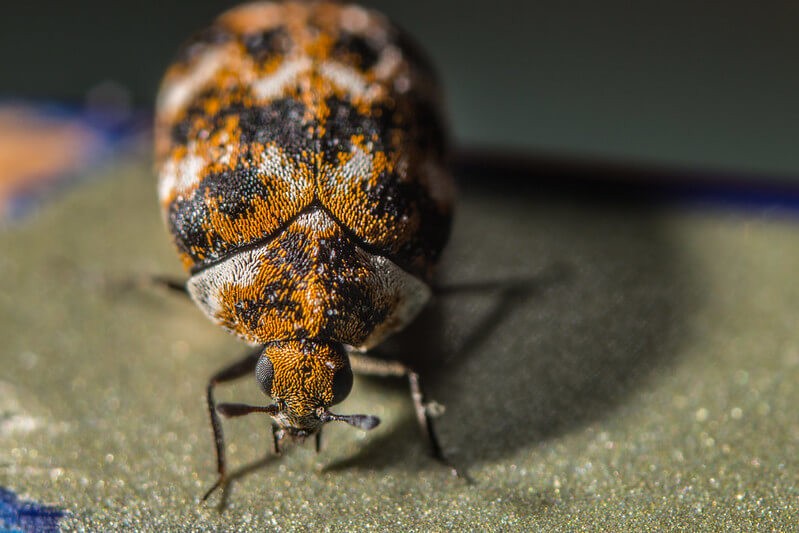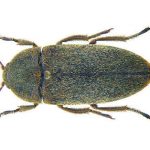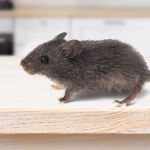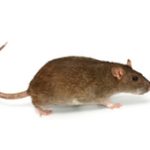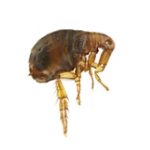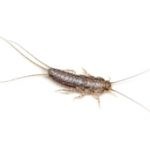Common Types of Carpet Beetles in the UK
Carpet beetles are one of the most overlooked yet damaging household pests in the UK. Present in both their larval and adult stages, these insects can cause serious damage to fabrics, furniture, and natural fibres, not only in homes but also in offices, warehouses, and even museums.
What kind of carpet beetles are in the UK? There are several species, but the most common include the varied carpet beetle, the fur beetle, and the leather beetle. Each has unique traits and preferred food sources, but all belong to the Dermestidae family, known for targeting wool, leather, silk, and other organic textiles.
Identifying the different types of carpet beetles early is essential. Each species has slightly different traits and damage patterns. In this guide, you’ll learn how to identify the most common carpet beetle species in the UK, understand the signs of infestation, and take action before these pests spread throughout your property.
Varied Carpet Beetles

This is the most common type of carpet beetle found in British homes.
Appearance: Adult varied carpet beetles are small, ranging from 1.7mm to 3.5mm in length, with a rounded, almost spherical shape. Their bodies are patterned with white, light brown, and dark brown scales, giving a mottled look. Older beetles may appear more greyish as their scales wear off.
The larvae, often called woolly bears, are brown and furry, growing up to 5mm long. They have a distinctive bristled body, making them relatively easy to spot on fabric.
What can be mistaken for carpet beetles? In their larval stage, they are often confused with clothes moth larvae due to their size and similar feeding habits. However, carpet beetle larvae are more bristled and have a distinct shape.
Feeding: Larvae feed on:
- Wool, fur, feathers, silk
- Dead insects and keratin-based materials
- Animal hair, pet bedding, and soft furnishings
Adults feed on:
- Pollen, nectar, seeds, and grains
- Dried foods like rice, oats, and packaged goods
Habitat & Activity: Native to Europe, North Africa, and parts of Asia, varied carpet beetles thrive in warm indoor environments. They are commonly found:
- Under rugs and carpets
- In wardrobes and drawers
- Beneath upholstered furniture
- Inside air vents and baseboards
Adults are strong fliers and typically appear between late May and early August. They can enter homes through open windows, vents, cracks, or via cut flowers and second-hand items.
Reproduction: During the life expectancy of the adult carpet beetles, they can reproduce at least once. They prefer to lay eggs in dark places, which makes your home a great place. Especially under rugs, under furniture, in closets, etc.
Early Signs:
- Shed larval skins
- Small holes in woollens
- Adult beetles near windows
Image by: Jean-Raphaël Guillaumin
Fur Beetle

A less known but widespread pest in both homes and commercial spaces.
Appearance: Adult fur beetles are oblong and measure 4.5mm to 6mm in length. They are black with fine white hairs and have two distinctive white spots on their wing covers (elytra). Larvae are brown, narrow, and elongated with a tuft of long, backward-facing hairs.
Feeding Habits: Larvae feed on:
- Wool, fur, feathers, hair
- Dried animal remains and skins
Adults feed on:
- Pollen and nectar
- Cereal grains and dried vegetables
Habitat & Distribution: Fur beetles are widespread in Europe, the United States, and well-established in the UK.They enter properties via open windows, attic vents, or infested second-hand items. Common habitats include:
- Homes with wool carpets or upholstered furniture
- Attics and storage spaces
- Bird nests in roof voids
Image by: David Short
Leather Beetle
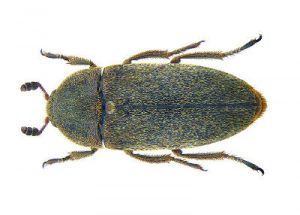
More common in commercial settings, but occasionally found in homes.
Appearance: The adult Leather beetle is also oval-shaped like the other types of carpet beetles but is more elongated than the Varied carpet beetle. This type of beetle is distinguished by its dark (black or brown) colour uppermost and white underside. Its wings are hard and leathery. Size varies between 5mm and 10mm.
Larvae are longer than the adults and feature a bright orange or yellow dorsal stripe along their hairy, oblong bodies.
Feeding Habits: Larvae and adults feed on:
- Dead animals and carcasses
- Hair, feathers, hides, and dried fish
- Dried foods such as bacon, cheese, and dog food
Rarely, they have been reported to attack live turkeys.
Habitat: Leather beetles lay their eggs in solid organic materials, often in:
- Meat processing facilities
- Poultry houses or commercial food storage areas
- Wall cavities with decaying animals
Their presence in a home could indicate a hidden rodent carcass or a nesting site in wooden structures.
Lifespan: Adults live for 2 to 3 months; larvae may remain hidden longer if undisturbed.
Image by: Udo Schmidt
Are you dealing with a pest infestation?
You don’t have to be alone in the battle against pests. Hire a professional pest expert!
Read more: How to Get Rid of Carpet Beetles
Conclusion: Don’t Let Carpet Beetles Settle In
Carpet beetles can enter your home through open doors, windows, vents, or even via infested belongings. Because they often stay hidden in dark corners or under furniture, infestations may go unnoticed until visible damage appears.
By the time you spot adult beetles or damage to woollen fabrics, larvae may have already caused significant harm to your textiles, upholstery, and stored items.
So, what kind of carpet beetles are there? In the UK, the main types are the varied carpet beetle, fur beetle, and leather beetle, though others may occasionally be found depending on the region and indoor conditions.
At the first sign of a problem, such as shed skins, small holes in fabrics, or adult beetles around windows, book a professional pest inspection and carpet beetle control service. Early intervention is the best way to prevent costly repairs and break the beetle lifecycle for good.
Need a professional carpet beetle identification?
Bear in mind that we only aim to provide some useful information about the types of carpet beetles in the UK, what are the possible health risks and dangers to you and your family. We cannot guarantee that you will experience the above – mentioned concerns. We don’t provide professional medical advice.



